The enormous tortoises in Santa Cruz’s Highlands never cease to amaze us!

Coincidentally, Santa Cruz is home to the second-biggest population of dome-shaped giant tortoises in the Galapagos, making it the second largest island in the chain. This is only one of the factors that contribute to the unique experience of witnessing gigantic tortoises in the Santa Cruz mountains. It is also one of the reasons it belongs to our BIG15 list of iconic Galapagos species. In a more personal sense, I, Desirée, reside on the Island of Santa Cruz, which is home to the majority of the archipelago’s population. I will share with you one of the main reasons why I love this area in this article.
Getting Up to See Massive Tortoises in Santa Cruz Highlands
From the southern shore of Santa Cruz Island, where the Santa Cruz II Galapagos tour was docked, we could make out the silhouette of the town and the foggy mountains where tortoises frolic. We made a dry landing at the municipal pier, boarded a bus, and drove into the highlands to see a private tortoise reserve. The trip took us about 40 minutes. A narrow road meanders between the verdant farming regions and shifting mangroves, Palo Santo trees, and trees without leaves. There were tortoises all over the road, like moist marbles glittering in the waning light! There are so many enormous tortoises in the Santa Cruz mountains! There were so many that it was nearly impossible to count!
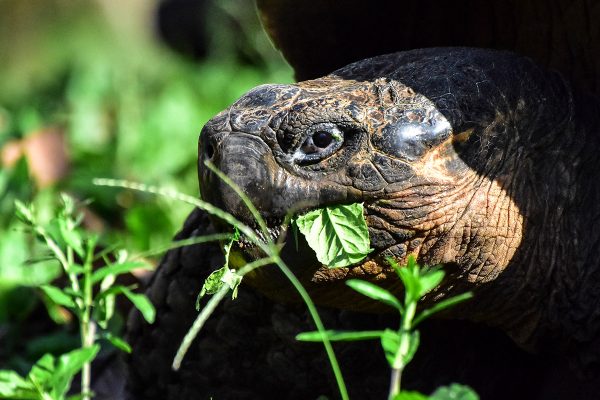
Huge Galapagos tortoise
Returning from the Verge of extinction
We observed several of these extinct and old reptiles, which were nearly extinct not too long ago as a result of overhunting and damage by imported species. We would not have been able to see as many as we did on this particular day if it weren’t for the fledgling Galapagos National Park service and the Charles Darwin Research Station, the operating arm of the Charles Darwin Foundation for the Galapagos Islands and a pioneer in conservation biology research in Ecuador and worldwide.

An enormous, stunning Galapagos turtle!
The Darwin Station was first constructed in the 1960s with the goal of breeding and raising giant tortoises in captivity. Since then, it has accomplished a great deal, the most notable of which is the return of nearly 4,000 giant tortoises to their native habitats.
We were all exhausted but happy when we got back on the Santa Cruz II, and we even felt a little nostalgic about what we had just gone through. After all, our amazing trip around the Galapagos Islands was almost over, but we still had a ton of memories and stories to share from our time there.
The Fondness of Cattle Ranches for Tortoises
The island’s western slopes, which are usually wetter and have more vegetation, are where giant tortoises have historically been observed to feed. When humans first arrived in Santa Cruz, they chose the natural habitats of the tortoises for farming and cattle ranching, following a same pattern. But soon after, the 97% of the land surface was set aside as a protected area by the Galapagos National Park, allowing the remaining 3% for settlers to continue living their lives and carrying out their everyday activities.
However, tortoises disregarded this human directive and kept moving yearly to the moist highlands to graze on grass—yes, on the precise plots of land reserved for the colonists! Thus, a cattle ranch is the best place to watch gigantic tortoises on Santa Cruz Island! Particularly at this time of year, tortoises prefer it there. Cattle ranchers ultimately lost their territorial conflict but discovered that tortoises had no negative impact on their economy—in fact, they had a positive impact!
Begin your trip to the Galapagos now!
S
RELATED STORIES
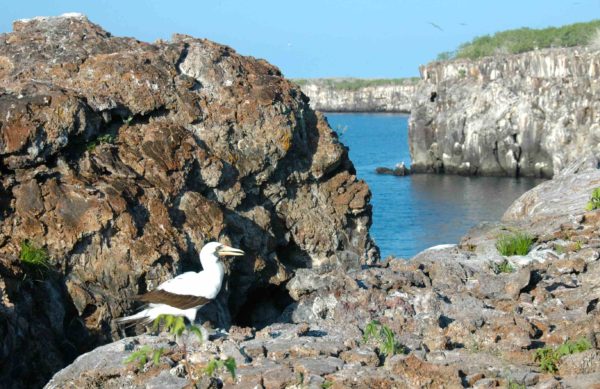
Interesting facts about the three types of boobies in the Galapagos

Food on a Galapagos Cruise: We’ve Got You Covered
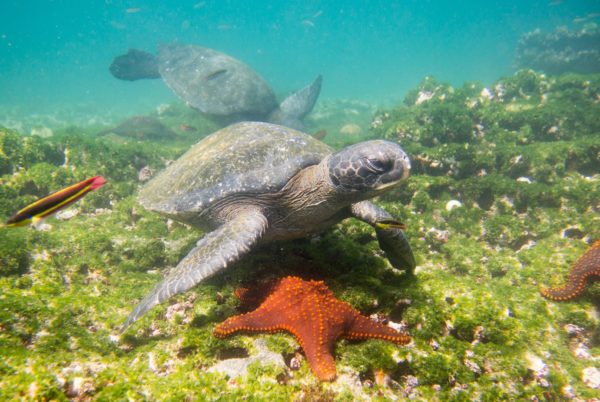
My Favourite Sea Turtle Experience Aboard the Santa Cruz II
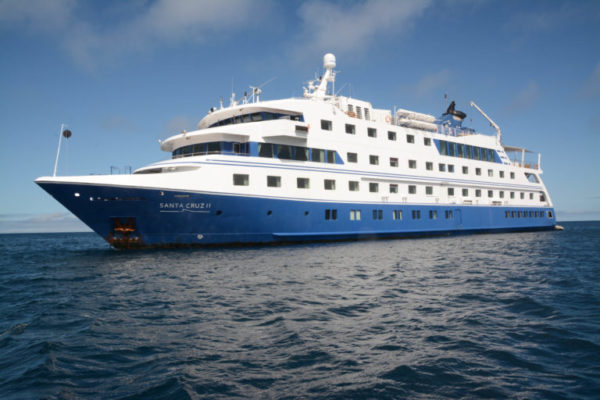
First Day Aboard the Santa Cruz II
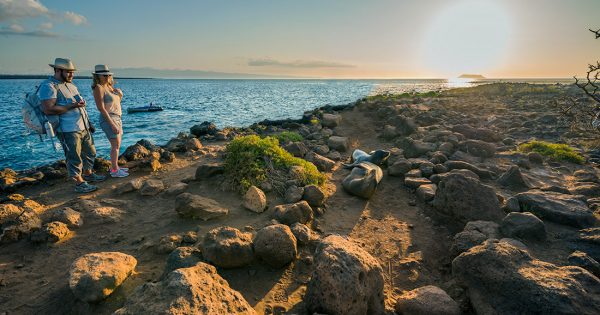
North Seymour Frigates and Boobies
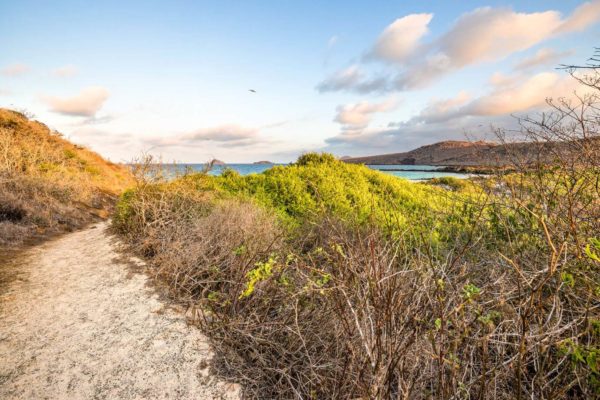
Ecuador Facts (Vol. I): An Interesting Collection of Natural Wonders and Achievements
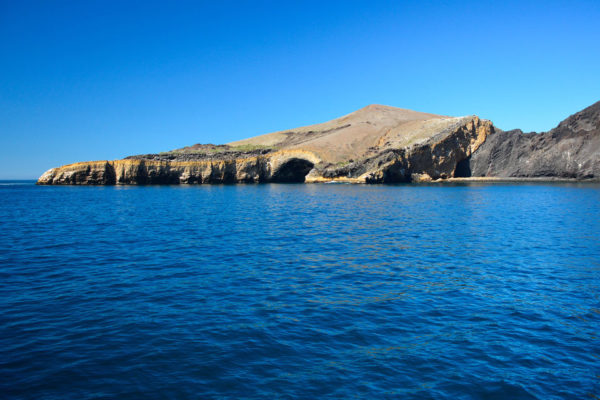
Galapagos Experience Testimonial
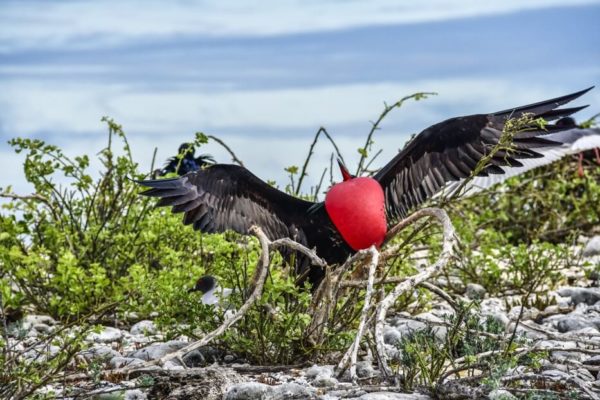
Galapagos Frigatebirds: A Colorful Medley of Courting & Nesting
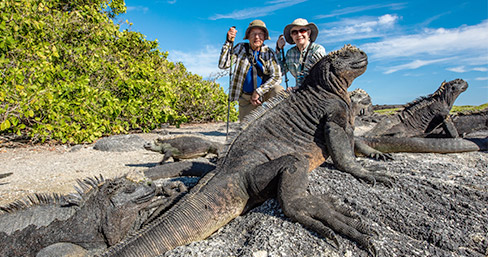
The Beauty of an Intimate Galapagos Vacation
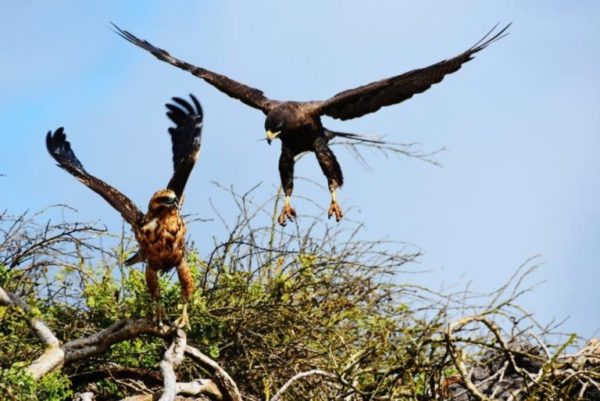
A Synopsis of Galapagos Plant Life’s History
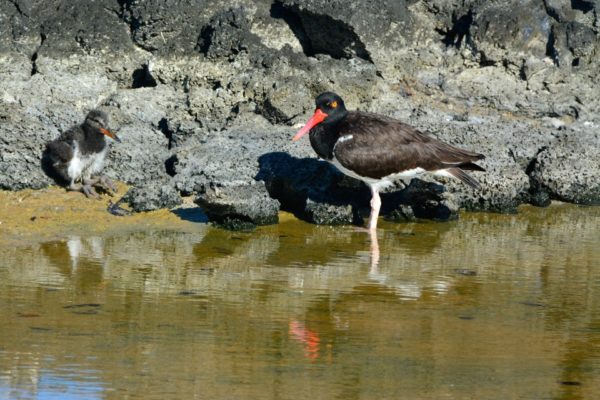
Hidden in Plain Sight: The Galapagos Baby Oystercatcher
